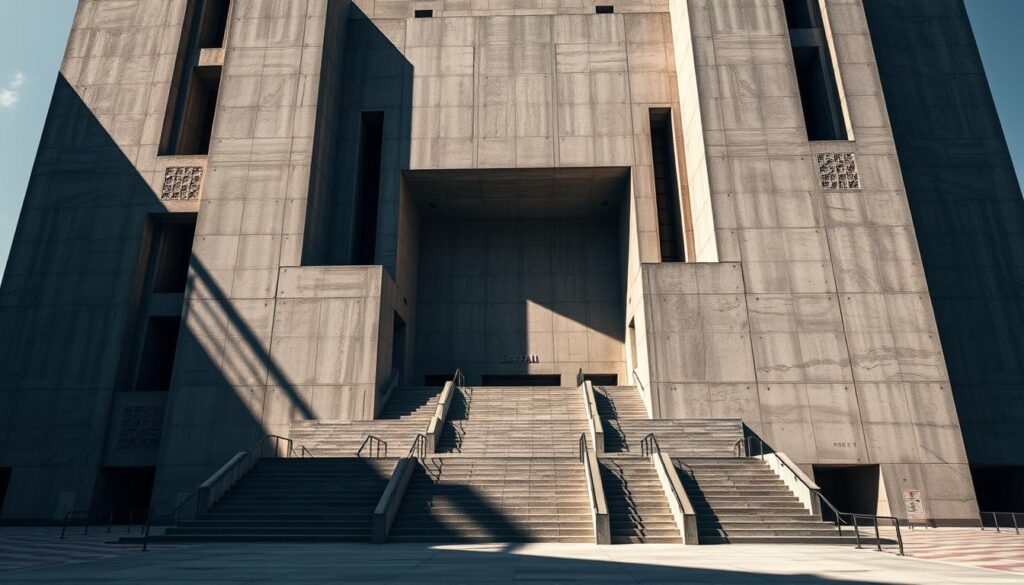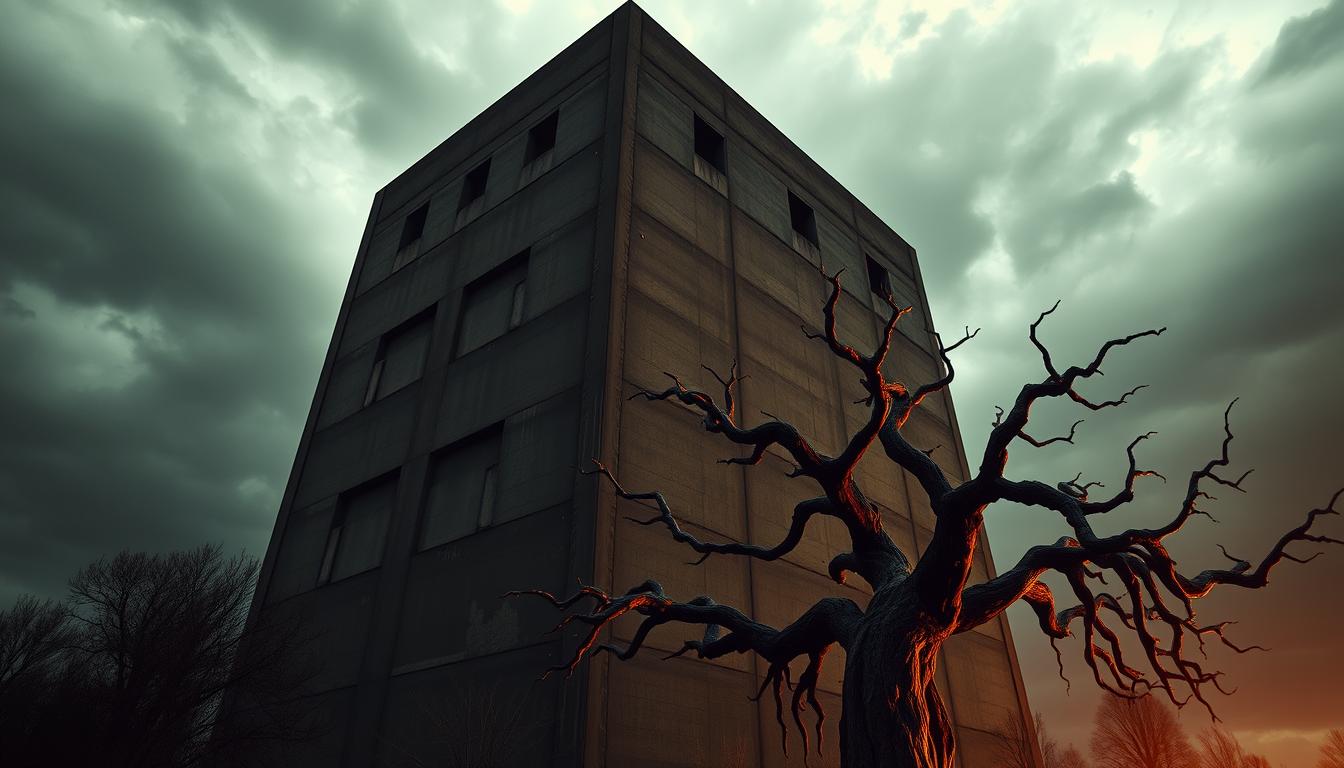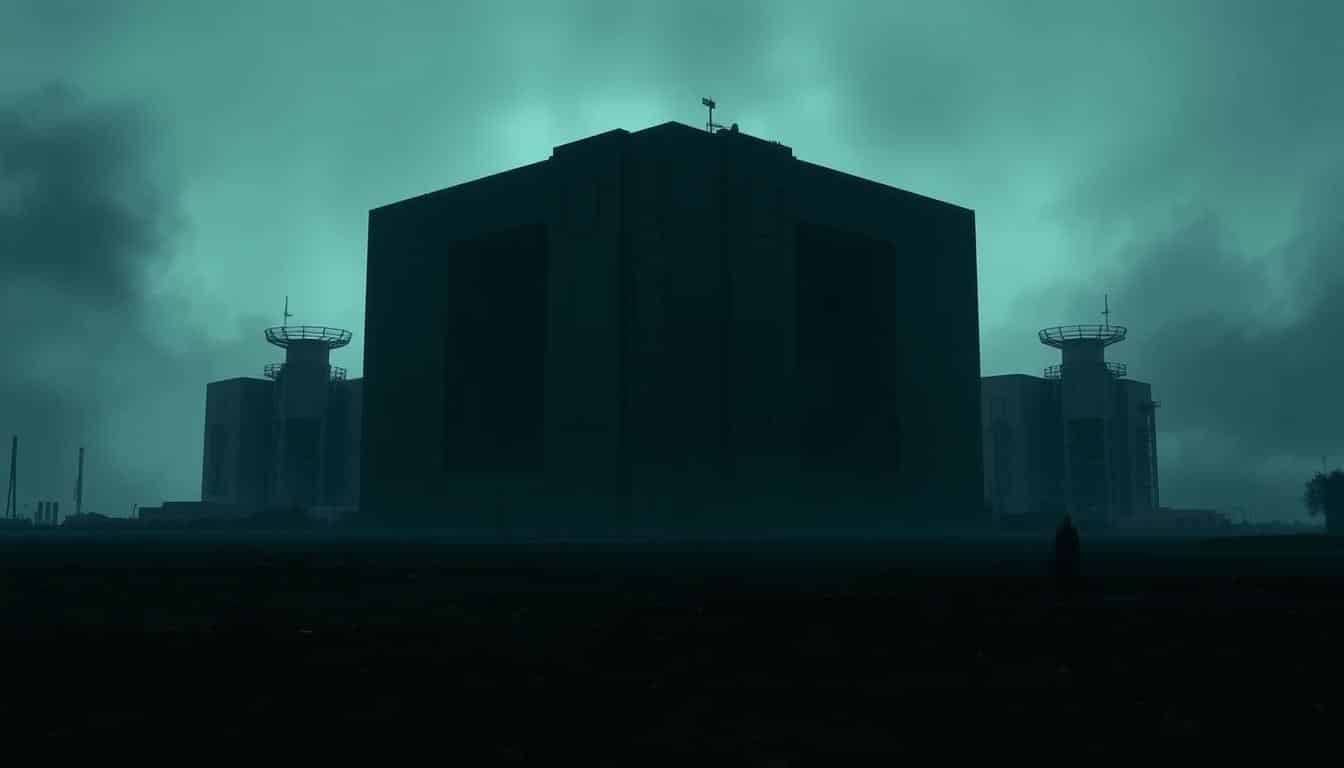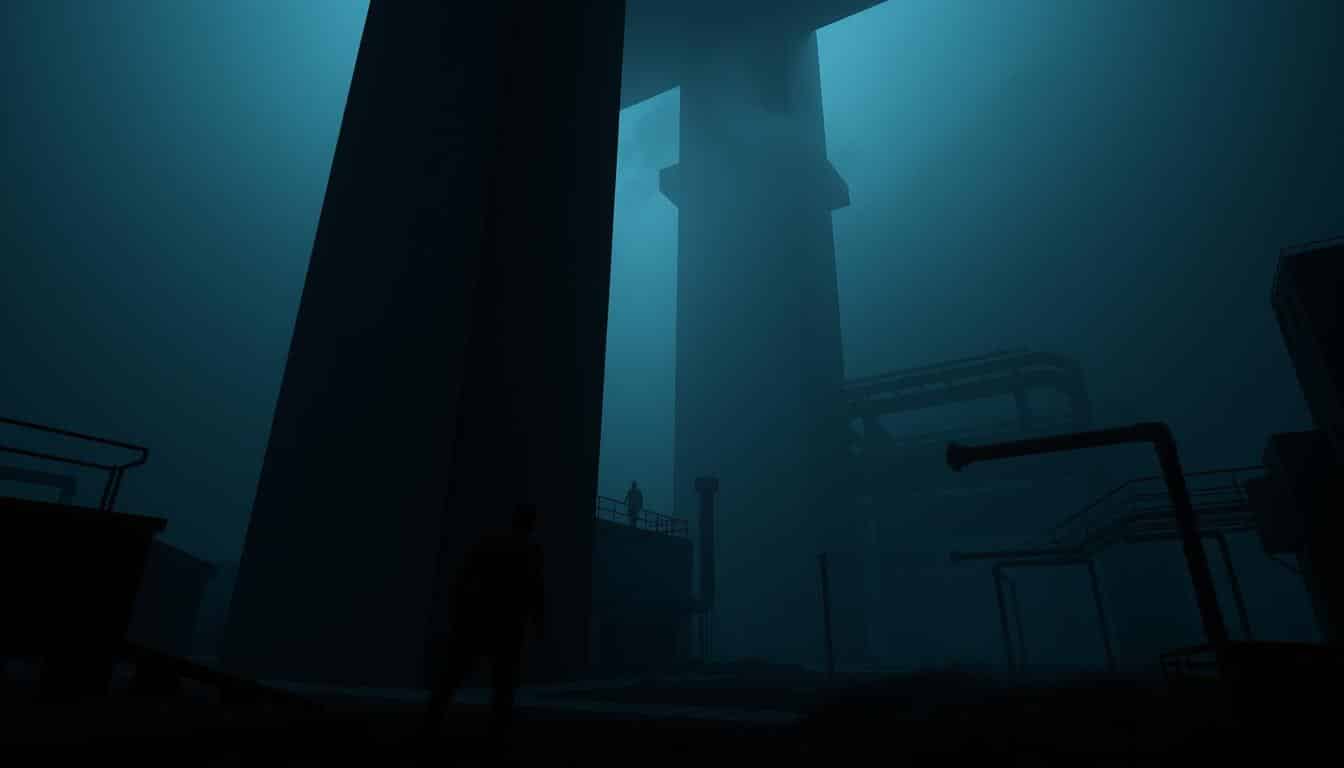The debate around brutalist design’s mental impact is growing. Its raw concrete and bold shapes stir mixed feelings. Some see beauty in its challenge to norms, while others feel it can make people feel trapped or stressed.
In cities with lots of concrete, it’s key to see how these buildings touch our minds. It’s important to look closely at our feelings towards these stark structures. They might be making city life more stressful without us knowing.
Understanding Brutalist Design
Brutalist design started in the mid-20th century due to the need for inexpensive building methods after the war. It’s known for its big shapes and simple look. People like Le Corbusier and Louis Kahn used concrete to make useful homes and public places. They valued function more than decoration.
Understanding brutalist architecture means looking at its core ideas. It came from the wish to solve certain issues of its time by making spaces for communities. Brutalist buildings aim to meet urban challenges. They do this by being useful and fitting well within community settings.

The Historical Context of Brutalism
Brutalism began in the mid-20th century, after World War II wreaked havoc on cities. This period in architectural history was defined by a need to rebuild quickly. Brutalism aimed to provide functional, cost-effective housing for rapidly growing urban populations during this time.
Brutalist architects built large-scale housing projects to house people fast. This style became known for its post-war look, embracing modernism’s ideals and focusing on social good. The use of raw concrete in brutalism was a bold move away from traditional styles, opting for a practical look instead.
However, not everyone liked brutalism. Critics said its harsh appearance might encourage bad behavior. There were concerns about how the design could affect the mental health of city dwellers. Despite these debates, understanding brutalism helps us see its impact on cities and the social issues they faced after the war.
Characteristics of Brutalist Architecture
Brutalist architecture stands out because of its unique features. One key trait is the extensive use of raw concrete. This gives it a strong, unpolished look. The choice of material also reflects the ideals of strength and resilience from its time.
The design often includes bold geometric shapes. Buildings are known for their striking lines and plain surfaces. These elements contribute to a sense of grandness. They prioritize function over fancy details. The play of light and shadow on these surfaces adds to their dramatic effect.
Brutalist buildings are also recognized for their patterned designs. These patterns create a sense of rhythm in the space. This rhythmic pattern can affect how people feel in these surroundings. It helps us understand how brutalist architecture affects human experiences and reactions.
The Psychological Impact of Brutalist Design
The impact of brutalism is both deep and wide-ranging. Its stark lines and cold concrete stir strong feelings. Some people feel uneasy in these concrete jungles, which can harm their mind’s health.
Perception of Space and Emotions
Brutalist buildings focus on function and rough beauty, neglecting comfort and warmth. This can make areas feel unwelcome. Studies link our surroundings’ design to how we feel inside. Brutalism’s lack of natural elements and relatable designs may make us feel less safe and at home.
Stress and Anxiety in Concrete Environments
Concrete places can make stress and worry worse. The clinical appearance of brutalist buildings might make us feel alone and uneasy. This heavy feeling can increase anxiety, hurting our mental health. People living near brutalist buildings often find it hard to feel at peace there.
Brutalism and Its Association with Mental Health
Urban design conversations often touch on brutalist architecture’s effect on mental health. Such styles are common in post-war housing. They feature stark concrete that can make people feel alone. This feeling can increase anxiety and depression in communities. The mental impact of concrete-heavy areas is huge. They can make people feel deserted, not included.
Studies show that city living can affect our mental state. Badly designed areas might worsen mental health issues. However, good urban planning can improve how connected and happy people feel. Recognizing the effects of brutalist styles can help planners. They can create spaces that boost, rather than harm, our mental wellbeing.
The Environmental Influence on Well-Being
Living in a city can greatly affect your well-being. The common sight of concrete everywhere has led to what’s known as the “concrete jungle” effect. In cities, where buildings and streets replace nature, people often feel more stressed and anxious. The city’s vibe can affect our minds, showing why it’s key to bring nature into city designs.
The “Concrete Jungle” Effect
The “concrete jungle” effect is about the mental stress from being in crowded cities. Being surrounded by too much concrete can make you feel trapped and cut off from nature. Without enough parks, people lack things that help them feel good. On the flip side, places with lots of trees and plants help people relax and feel less stressed, pointing to how urban design should think about our mental health.
Linking Urban Design to Psychological Disorders
Not having enough green spaces in cities is linked to more mental health problems. Studies show that people in areas with lots of concrete report more anxiety, depression, and other issues. Urban planners know this is a problem and work to add more parks and green areas. By doing this, they hope to make people happier and tackle some of the mental health challenges that come with city living.
Brutalism vs. Nature: A Dichotomy
There’s a deep discussion in urban planning about brutalism and nature. Cities are often filled with concrete, making us feel disconnected from nature. This gap can harm our mental health, showing how vital it is to bring nature into cities.
Urban planners are pushing to include more nature in their designs. They use biophilic design concepts to make spaces reflect the natural world. This not only makes brutalist buildings look better but also helps people feel calmer as they move through these areas.
They are turning plain concrete into vibrant green areas by:
- Green roofs and walls
- Urban gardens
- Natural water features
Highlighting nature in urban design helps lessen the stress from stark brutalist architecture. This partnership between brutalism and nature creates healthier communities and more enjoyable city living. It proves the importance of careful environmental planning.
Social Cohesion and Brutalist Spaces
Brutalist architecture often starts debates about its effect on social ties in cities. Some say these stark places can help people bond in public areas. Yet, others think they might make residents feel isolated.
Research on how people interact shows how important design is. Spaces that are open and welcoming can help people connect more. On the other hand, brutalist designs might not be as easy to use, possibly leading to loneliness.
Isolation vs. Community Interaction
In brutalist environments, making friends can be hard. The focus on the look of buildings can ignore what makes a community tight-knit. To make city areas better, it’s key to include things that bring people together. Looking at brutalist designs that work might show how to mix cool looks with places that encourage meeting.
Case Studies: Analyzing Brutalist Projects
Analyzing brutalist architecture shows how design impacts our feelings. Balfron Tower in London, designed by Ernö Goldfinger, demonstrates this well. It highlights both the positives and negatives of using concrete in cities. By looking closely at urban design, we learn that such buildings can bring people together or make them feel alone.
Looking at the effects of brutalist buildings helps us see their influence on mental health. The size of these buildings, the materials used, and the presence of green spaces affect how people feel living there. This understanding aids modern city planning, aiming to boost resident well-being.
Conclusion
Studying how brutalism affects our minds shows the deep link between building styles and mental health in cities. As places grow and use more concrete, it’s key that those who design our spaces think of our happiness. The tough look of brutalist buildings can make people feel alone, showing the need to think about their impact on mental health.
This look into brutalist buildings tells us we need to be careful and also inspires change. Designing places with nature, ways to connect, and thinking of our mental needs can make life better. Architects should aim to make places that last and also help communities thrive.
In the end, brutalism makes us question the effects of our surroundings on our well-being. It points out we need to care more about making kind, people-focused buildings. We must acknowledge how much our settings change our minds.



